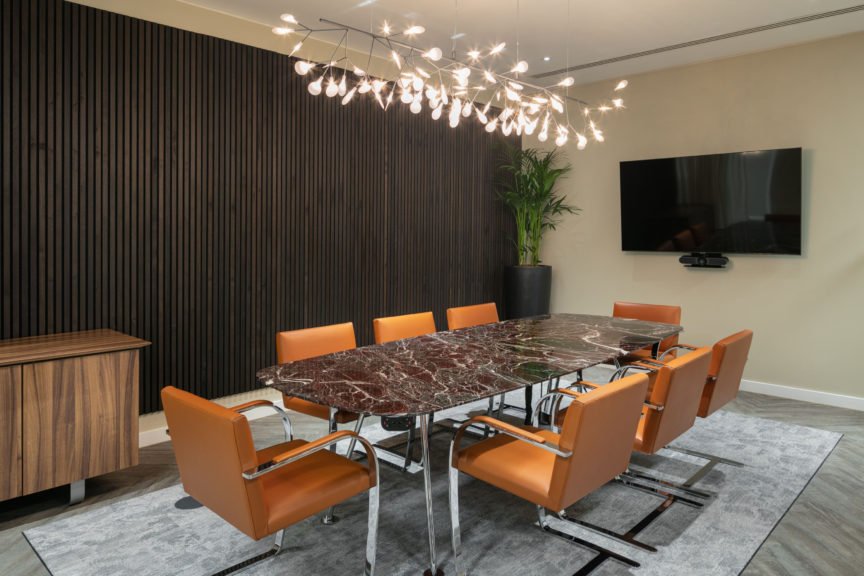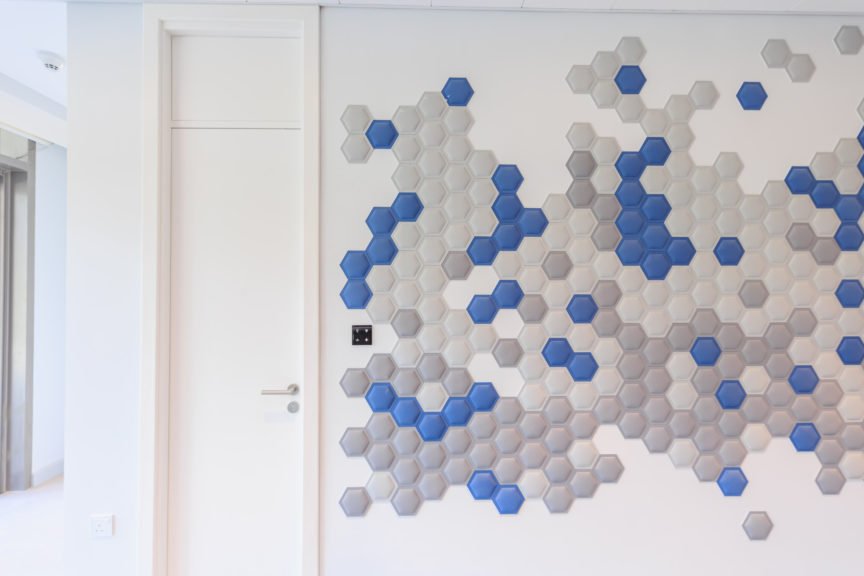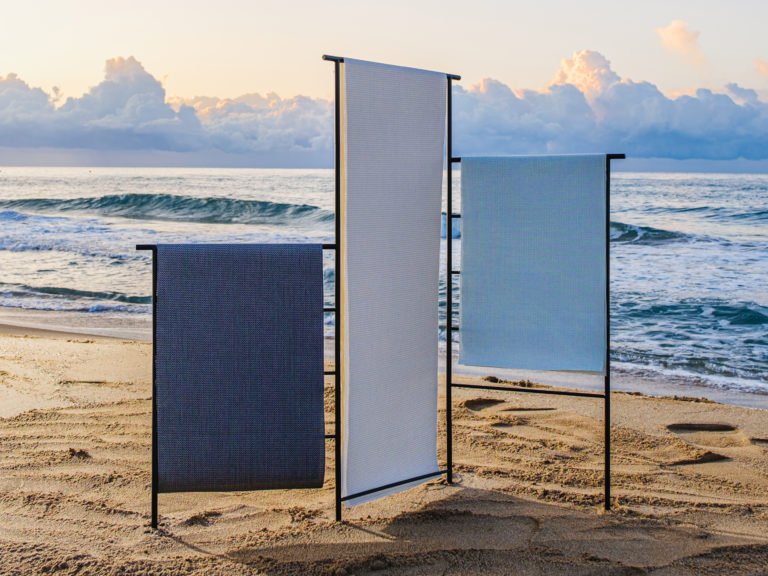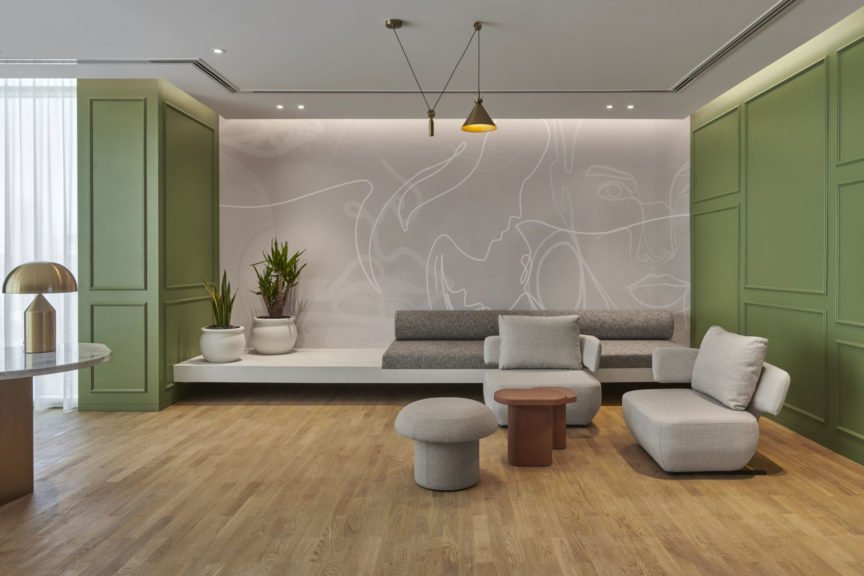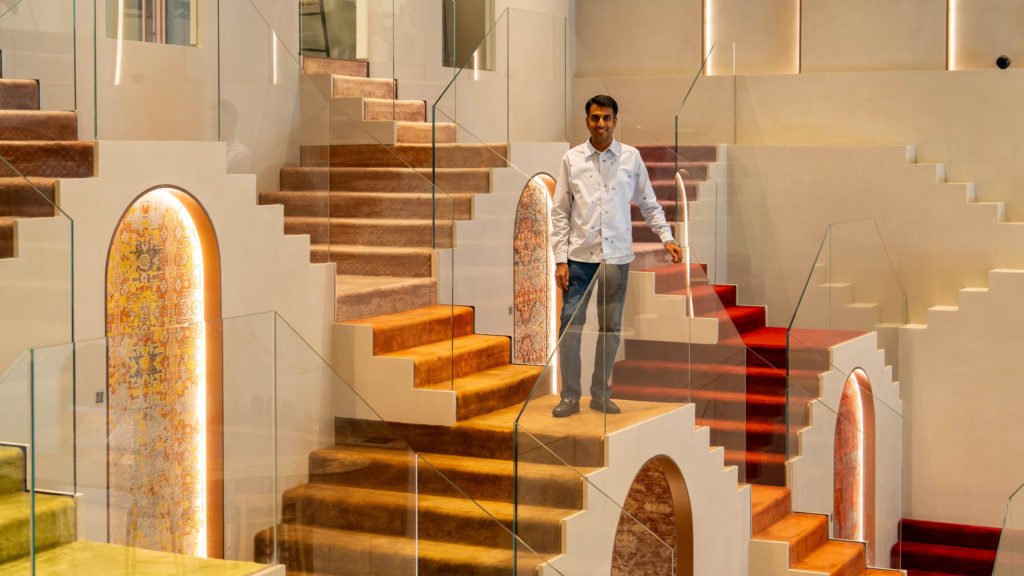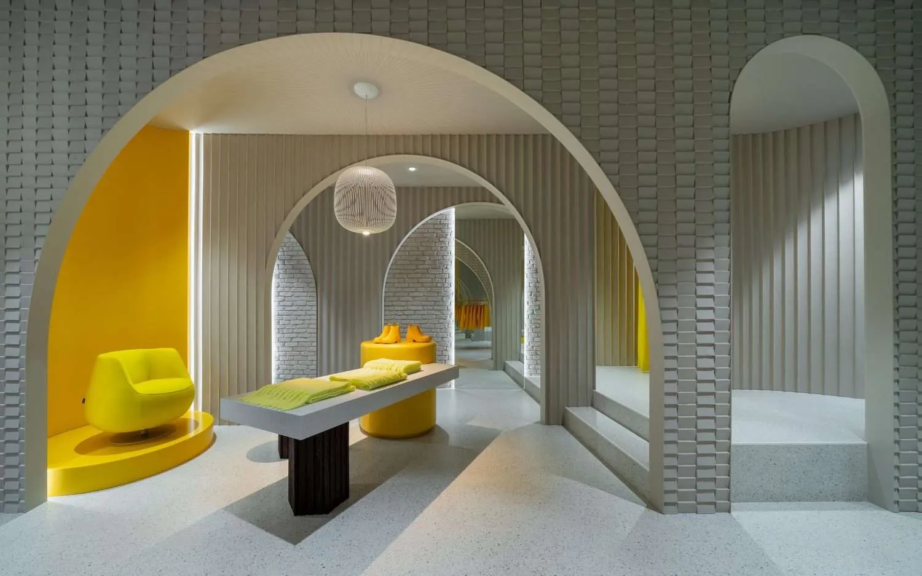David has a unique perspective on luxury trends. “Luxury cannot be trendy. I think it’s all based on what experience you’re trying to get to the client. That experience can be beige, blue, green. It doesn’t really matter what is out there and what is the trend right now. I think overall it’s about the experience of what the product gives you as opposed to what the product looks like. I mean, I know that obviously in my field the look is very important. But if we’re talking about sanitary bathroom accessories, what people care first about first and foremost is in terms of how luxurious that experience is. What kind of water comes out of there? One of the aspects that I hate in showers is when the system in the building isn’t balanced enough and the water gets cold, boiling, cold, boiling. It’s a horrible experience. You can have the most beautiful tap, but if that’s the experience, it’s horrible. So it’s a combination of things”, says David as he thinks through his experience.
On the topic of technology trends in bathrooms, he comments, “Another trend that I have seen in the past few years is the addition of technology in sanitary fittings. This is cool, but I’m not sure how long that is going to last. What happens when the technology doesn’t work anymore? Or the batteries are dead. Then what do you do?”
On the topic of luxury and trends going hand in hand, he provides an example of rose gold. “I remember rose gold being absolutely everywhere at one point a couple of years back. I was actually asked two years ago to redesign a lobby that I had designed earlier that wasn’t implemented because we used rose gold and they said, no, we’ve seen enough. One thing that I do like about this palette from Grohe is the subtleness of the tones that they have because typically, you would have a very strong tone. But with Grohe, it’s gradual, like a rainbow. You go from bright to dark in a subtle manner, and that’s a strong selling point for them.”
He further adds, “Colors come and go. Again, it’s important to pick colors that match the theme and experience, not just because it’s on trend. If I had to pick a trend though, I think hues of green and blue are trending. Even touches of colors to make things pop – like mustard or rust. But I think these two tones, the green and the blue hues, are really what I see is trending a little bit everywhere. But in general, if you use neutral colors with certain hues, you’ll always be safe.”
Ultimately, the decision to go with what’s trending and what’s not depends on the client. “It’s not always easy trying to educate clients. Money speaks louder than words, especially in the luxury industry. Especially in hospitality when volumes are lage. Even among 5 star hotels, you can’t compare, for example, a Hilton and a Rosewood. Both are great brands, but their experiences and designs are different. When specifying products, we’ve to also think about the longevity of the products. I think that personally, it makes financial sense. The sustainability value and the lifecycle of the product is something to consider. Basically how much longer will it last than any other product”, explains David.

